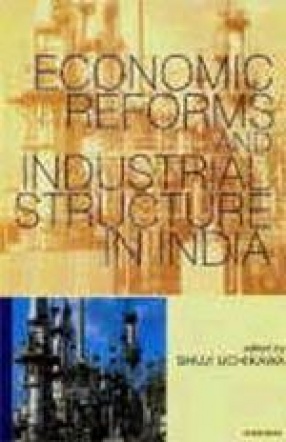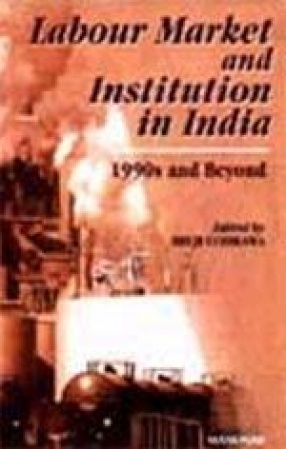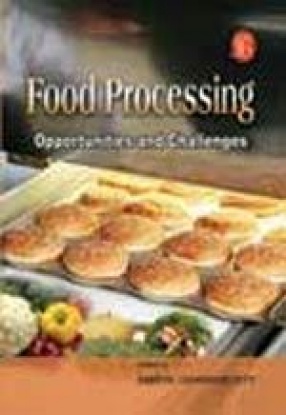This book attempts to document the structural changes in the Indian textile industry, focusing on the export of textiles and garments. The Indian textile industry employs several modes of production, i.e. the Khadi, handloom, powerloom and mill sectors. These four sectors have coexisted, even while they have competed with each other, recently, however, the structure of the Indian textile industry has changed dramatically, a fact reflected in the export performance by the various sectors. While the mill sector has lost market share in the domestic market, the share of the powerloom sector has been rising steadily due to lower production costs. The mill sector has a binary structure. While many weak mills have been suffering from various ills, others have prospered and diversified production. The powerloom sector is taking advantage of low wages, black market and low fixed capital cost per unit of output as well as avoiding excise duty. The handloom sector is still increasing production. Such trends have inevitably affected the export of fabrics. Moreover, the textile industry has created forward linkages with the apparel industry. The world textile trade, too, is changing dramatically. Quota restrictions by the LTA and MFA have been a characteristic feature of the world textile trade. The Uruguay Round of multilateral trade negotiations formulated an Agreement on Textiles and Clothing. It decided to phase out quota restrictions in order to bring the textile and apparel sector into conformity with GATT over a ten-year period. Moreover, Asian NIES, main exporters of textiles and garments, are loosing international competitiveness due to the rapid rise of wages. This book forecasts world market conditions in textiles after the quota restrictions have been phased out.

Indian Textile Industry: State Policy, Liberalization and Growth
In stock
Free & Quick Delivery Worldwide
reviews
Bibliographic information
Title
Indian Textile Industry: State Policy, Liberalization and Growth
Author
Edition
1st Ed.
Publisher
ISBN
8173042241
Length
197p., 23cm.
Subjects






There are no reviews yet.